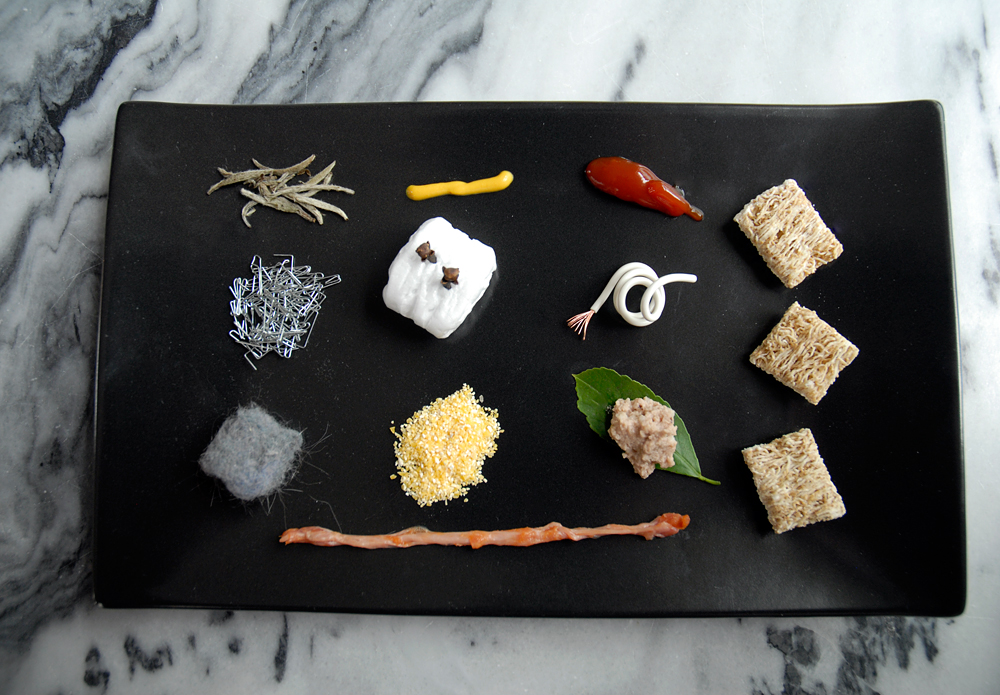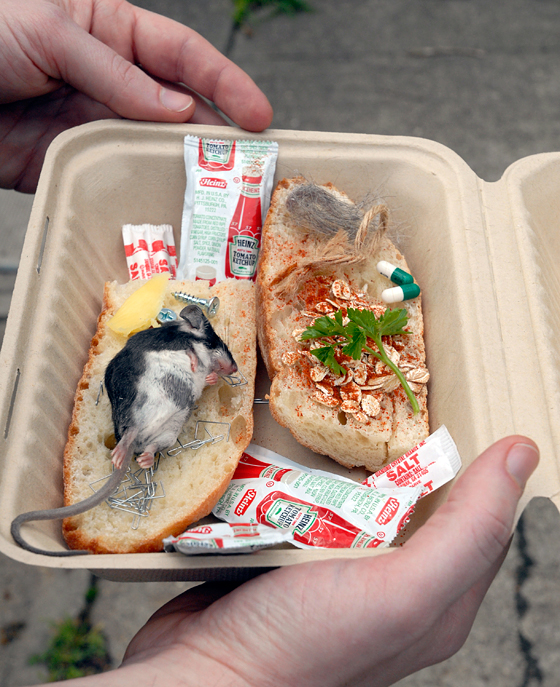Deconstruction is all the rage these days, and why not? What better way to get in touch with the true nature of the foods you eat than by presenting them in an incomplete state of preparation? The eyes get to linger over the process, getting a peek behind the curtain at the magic of what the mouth is about to pulverize.
Nowhere is this rage more prevalent than in the burgeoning world of deconstructed hot dogs. Graduated from the humble franks of childhood, today's hot dogs offer a degree of sophistication normally reserved for wines, cheeses, and salted caramel Red Vine varietals.

The Mission stalwart Chew naturally comes first to mind for defrankenfurtication. Master Chef Ian Golenz isn't afraid to brandish his gritty Bronx roots while serving up 2,000 of his celebrated De-Dogs a day with an ironic sneer. Sometimes credited with the invention of the deconstructed dog, Golenz is more widely understood to have perfected its craft. "I like keeping it real," says Golenz in between assaulting various members of the line of customers spilling out the door.
Golenz' De-Dog is a classic, encompassing all four primary elements of the platonic ideal sausage: gristle, casing, filler, and meat, which may be enjoyed separately—with or without the housemade locally-sourced cracked wheat crouton "buns"—combined on the plate, in the mouth, or in the stomach.
The specific fillers and gristle components vary seasonally, but always playfully juxtapose under Golenz' artful eye. This rainy spring's ingredients include semi-organic fair-trade toasted genmai cha, an imported cloven "marshmallow" foam peanut, Swingline free-range staples, unherbed raw paleo-polenta, combed Persian-Siamese blend cheveux de chat, a spring-inspired inductive jacketed copper coil, partially nontoxic meat-inspired paste resting atop a bed of kaffir lemon leaf, young porchetta entrails casing, and housemade balsamic mustard and curried ketchup.

